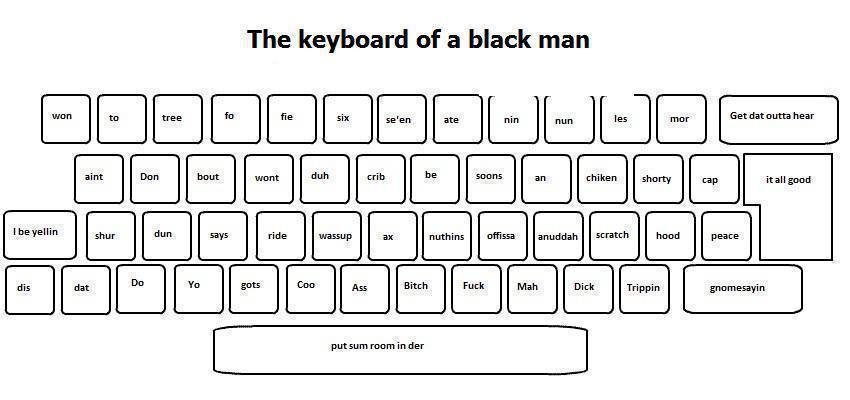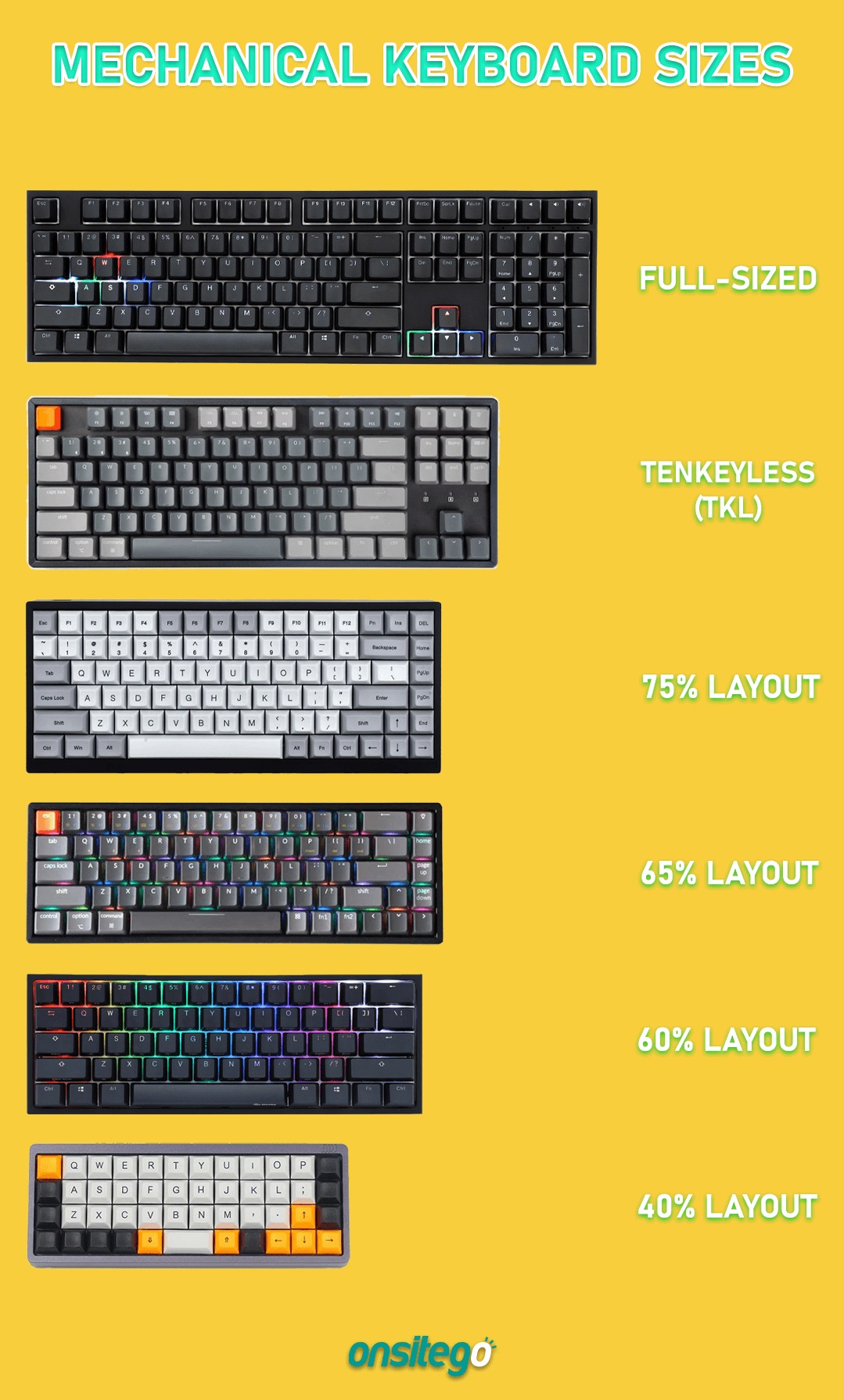
#KEYBOARD LAYOUT ANDROID#
There is also information about developing keyboards for other operating systems (for Windows and macOS, and to some extent Android and iOS).Ĭreate a keyboard layout for your language for use on the lab machines using IBus.
#KEYBOARD LAYOUT HOW TO#
You can see 2017's keyboard layout assignment for information on how to make an xkb layout. See Making a keyboard layout using IBus for information on how to design an IBus layout. So usually I suggest using IBus (more specifically, its m17n module) for keyboard layouts on linux workstations, which doesn't have these limitations. Unfortunately xkb doesn't support as many of the tricks mentioned above, and crucially, new layouts cannot be installed (or really even tested easily) without admin access to the machine. The former is basically the default for all graphical session managers, and the latter depends on it to some extent. In GNU/Linux, the most common frameworks are xkb and IBus. Some of them are easier to make a new layout for than others.


Which of these xkb keyboard layouts do you think Kazakh speakers in Kazakhstan prefer to use to type Kazakh, and why? Note that almost all Kazakh speakers in Kazakhstan also speak Russian (but not all Russian speakers in Kazakhstan also speak Kazakh).Ĭan you think of any issues with this layout?ĭifferent operating systems have different input frameworks. The Kazakh alphabet has 42 letters (33 used in Russian + 9 more).Could a few characters be added that allow the speakers of this language to input another major language (of the area / world)?įor assignments, of course, you may choose to just make an input method that is easier for you, e.g.What do the speakers have access to? / What technology might they be using already?.What is easiest for the speakers? / What might they be familiar with already?.Do you want to send the message "your script is just a variety of X colonial script"?.What layout should you base a new keyboard layout on? This can be seen as similar to the "dead keys" approach. There exist a variety of ways to input long words in non-alphabetic orthographies. The ‹◌́› character may be mapped to any key, potentially even with AltGr access to it. For example, ‹a› followed by ‹◌́› is ‹á›, which is represented as U+0061 U+0301, whereas there is also a single character that looks the same, ‹á›, is represented as U+00E1.A combining diacritical mark is a character that is separate from a previous character, but functions as a diacritic. Note some differences in how different systems treat dead keys: IBus displays ‹'› unless something it can combine with is subsequently entered, but Windows has traditionally needed a neutralising key. To get ‹'›, you would need to either type ' and character that can't be combined with ‹◌́›, or a special key that "neutralises" the dead key, like space (so to get ‹'› followed by a space, you'd need to press space twice). So for example, ' followed by a might be a way to input ‹á›.Use of a dead key is like replacing the first two keystrokes of a compose key combination. For example, Compose followed by a followed by ' (or vice versa) might be a way to input ‹á›.The two (or more) keystrokes following pressing this key determine what character is input. So for instance, holding AltGr, if you type a or A, you might get ‹æ› and ‹Æ›.When held down, this key allows access to a third and fourth level of keys. Several strategies are used to make more characters available: Once numbers, punctuation, and other useful symbols are accounted for, there is not a lot of room on a keyboard for the standard set of characters used in a language, particularly if it's much higher than 26. For example, one A key might allow one to input the characters ‹a› and (using Shift) ‹A›. Normally, a keyboard gives access to two "levels" of symbols. Designing a layout Common approaches for input


 0 kommentar(er)
0 kommentar(er)
